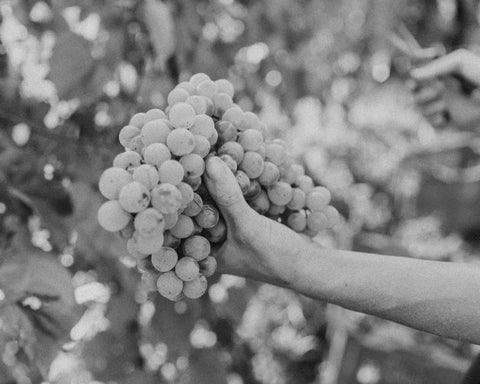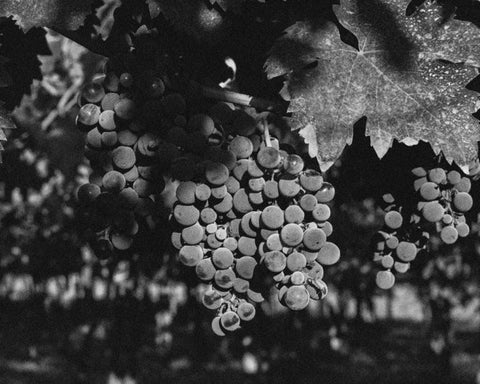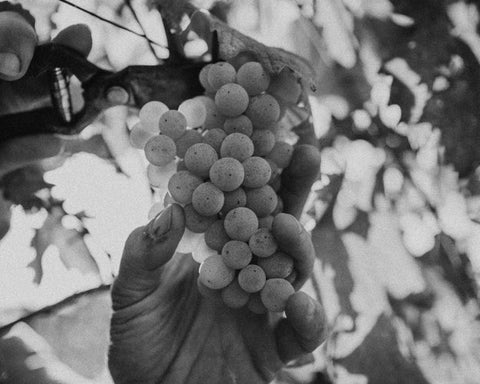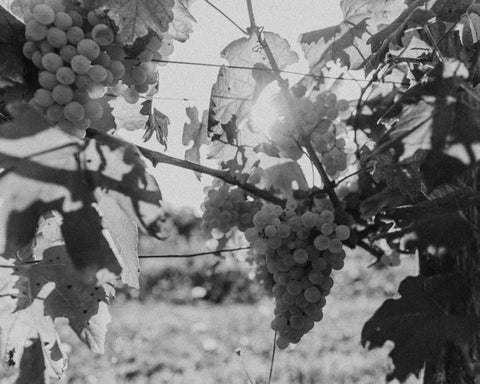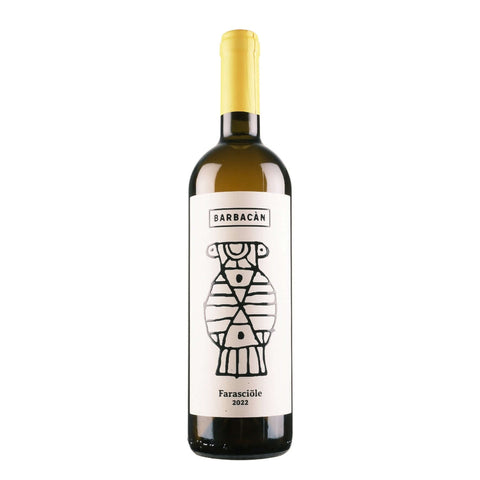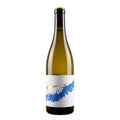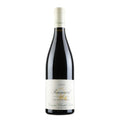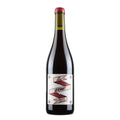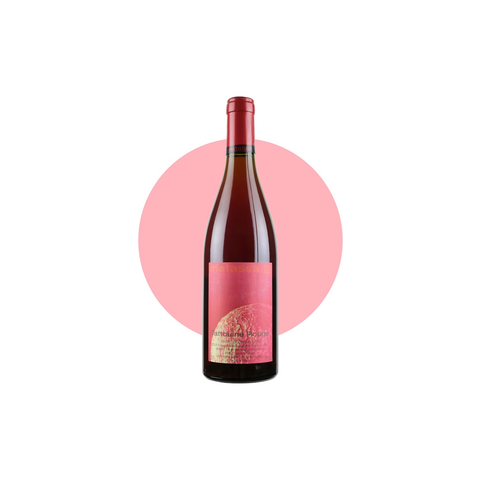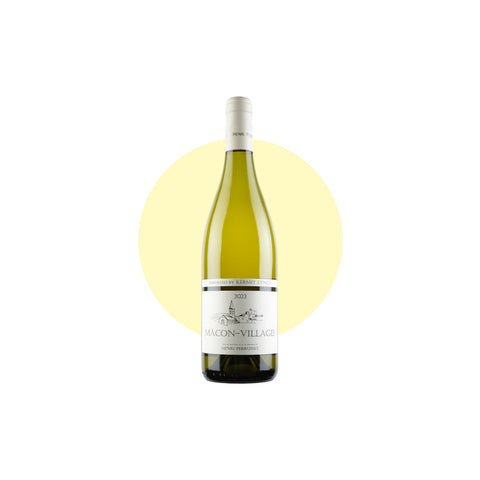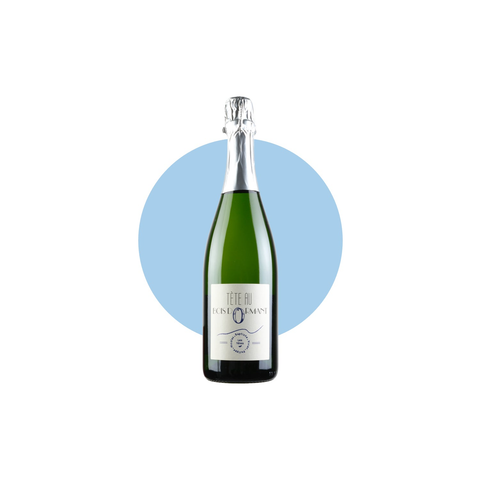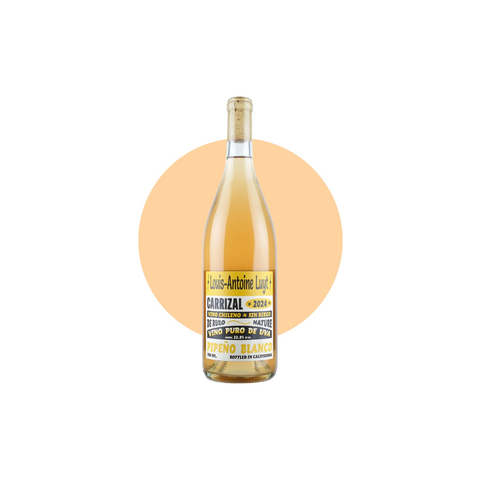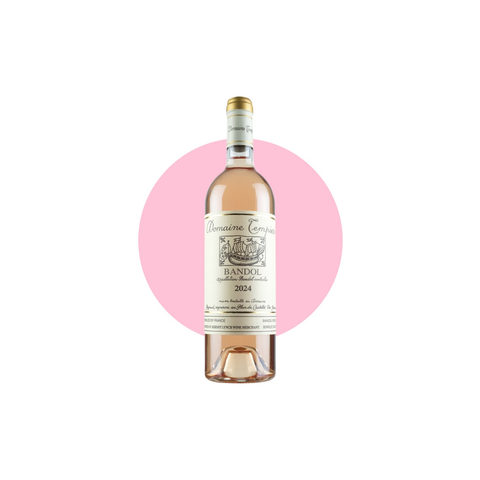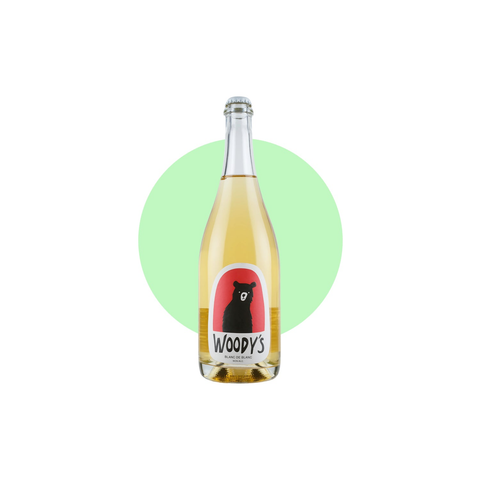Lombardy stretches across northern Italy from the Swiss border to the Po Valley, creating one of the country's most geographically diverse wine regions. The region encompasses dramatic Alpine peaks, glacial lakes including Como and Garda, rolling hills, and fertile plains. This varied landscape produces wines ranging from delicate sparkling bottles to powerful mountain reds, each reflecting distinct microclimates and soil compositions.
Valtellina: Mountain Nebbiolo in the Alps
The Valtellina valley runs along the Adda River near the Swiss border, where vineyards cling to vertiginous south-facing terraced slopes between 300 and 900 meters elevation. Here, Nebbiolo thrives under the local name Chiavennasca, producing wines with bright acidity, mineral backbone, and elegant red fruit profiles distinct from Piedmont's more powerful expressions.
Valtellina encompasses several designations. Rosso di Valtellina DOC represents the entry level, offering accessible, fruit-forward wines like Barbacan Rosso Alpi Retiche. Valtellina Superiore DOCG includes five subzones—Valgella, Grumello, Inferno, Sassella, and Maroggia—each with specific soil types and exposures. Single-vineyard wines like Barbacan Sol and Jazpémi showcase individual terroir expressions from century-old vines planted in granite-rich soils.
The region also produces Sforzato di Valtellina DOCG, made from partially dried grapes similar to Amarone, resulting in concentrated, full-bodied wines with higher alcohol and aging potential. Working these steep slopes requires entirely manual labor—what Italians call "heroic viticulture." Producers like Barbacan maintain ancient terraces supported by dry-stone walls, harvesting grapes in small baskets carried down mountainside steps.
Franciacorta: Italy's Premier Sparkling Wine
Southwest of Lake Iseo lies Franciacorta DOCG, Italy's most prestigious sparkling wine appellation. The region uses the traditional method (metodo classico) with Chardonnay, Pinot Nero, and Pinot Bianco grapes. Franciacorta's glacial moraine soils and lake-moderated climate create conditions comparable to Champagne, producing refined sparkling wines with persistent bubbles, complex aromatics, and notable minerality. Unlike Prosecco's tank method, Franciacorta undergoes secondary fermentation in bottle with minimum aging requirements: 18 months for non-vintage, 30 months for Satèn and Rosé, and 60 months for Riserva.
Lugana and Lake Garda
Along Lake Garda's southern shores, Lugana DOC produces distinctive white wines from Trebbiano di Lugana (also called Turbiana). The clay-limestone soils and lake's temperature-moderating influence yield whites with aromatic intensity, mineral character, and medium body. These wines range from fresh, citrus-driven styles to more structured versions aged in oak.
Oltrepò Pavese: Lombardy's Southern Hills
The Oltrepò Pavese extends into Lombardy's southern reaches near Piacenza, cultivating Pinot Nero for both sparkling and still wines. This area produces substantial volumes, with calcareous marl soils contributing structure and aging potential to reds. The region also grows Barbera, Croatina, and indigenous varieties like Bonarda.
Lesser-Known Appellations
Several smaller designations dot Lombardy's landscape. Valcalepio DOC near Bergamo produces both reds from Merlot and Cabernet Sauvignon and whites from Pinot Bianco and Pinot Grigio. Botticino DOC crafts robust reds from Barbera, Marzemino, and Sangiovese. Cellatica DOC focuses on Schiava Gentile-based blends. San Colombano al Lambro DOC, entirely within Milan's province, represents one of Europe's smallest appellations.
Natural Winemaking in Lombardy
Lombardy hosts a growing natural wine movement, particularly in Valtellina where producers work with indigenous varieties and traditional methods. Natural winemakers like Barbacan practice organic viticulture, spontaneous fermentation with native yeasts, and minimal sulfur use. The Barbacan Rosato demonstrates how Chiavennasca produces elegant rosé with crisp acidity and mineral character. The top Fracia Riserva undergoes extended maceration and aging, creating complex, age-worthy wines that express Alpine terroir without manipulation.
Food and Wine Pairing
Lombardy's cuisine matches its wines' diversity. Valtellina's hearty dishes include pizzoccheri (buckwheat pasta with cabbage, potatoes, and Bitto cheese) and bresaola (air-dried beef). These pair naturally with structured Chiavennasca reds. Franciacorta complements risotto alla milanese with its acidity cutting through saffron and butter. Lugana whites suit lake fish preparations—perch, pike, and whitefish—common around Garda. Casoncelli (filled pasta) and polenta taragna represent regional staples that highlight local wine characteristics.
Climate and Terroir
Lombardy experiences continental climate patterns modified by altitude and water bodies. Alpine areas see cold winters with significant snowfall and moderate summers with ample sunshine in June through August. Lakes create mesoclimates that extend growing seasons and prevent spring frost damage. The Po Valley plains are warmer with greater temperature swings.
Soils vary dramatically: Valtellina's granite and gneiss provide excellent drainage and mineral content; Franciacorta's glacial moraines mix sand, gravel, and clay; Lugana's white clay retains moisture during dry periods; Oltrepò Pavese's calcareous marls add structure to wines. This geological diversity allows different varieties to find optimal growing conditions within a relatively compact geography.
